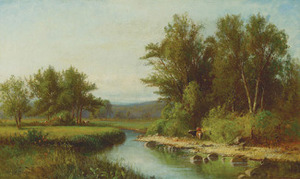Is 19th Century American art coming into its own overseas?
That’s the question that jumped into my head when I learned that the Fundacion Juan March in Madrid will soon be exhibiting a comprehensive show of the landscapes of Asher B. Durand. This would never have happened 20 years ago.
 Though I’ve been to Madrid a handful of times, I’ve never been to the Fundacion, which was founded in 1955 and has been located in its current building, with galleries, since 1975. Sounds like a miss on my part, based on a look at its website, which lists many exhibitions that sound worthwhile.
Though I’ve been to Madrid a handful of times, I’ve never been to the Fundacion, which was founded in 1955 and has been located in its current building, with galleries, since 1975. Sounds like a miss on my part, based on a look at its website, which lists many exhibitions that sound worthwhile.
The Durand exhibition, which will run from Oct. 1 through Jan. 9, 2011, is said to be “the first in Spain and Europe ever devoted to this 19th-century painter and founder of the American landscape painting school, what would soon become known as the Hudson River School.”
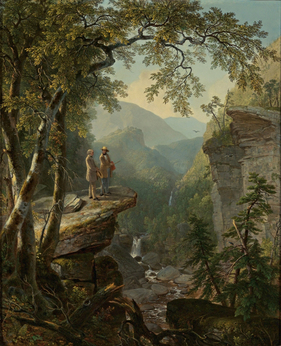 It’s not hard to believe that; as I have complained before, much of the world show little to no interest in American art before the Abstract Expressionists.
It’s not hard to believe that; as I have complained before, much of the world show little to no interest in American art before the Abstract Expressionists.
Durand last had a moment in the sun in the U.S. in 2007, when the Brooklyn Museum presented Kindred Spirits: Asher B. Durand and the American Landscape, a retrospective of about 60 works; some 35 years separated it from the previous Durand exhibition. It was organized by Linda S. Ferber, of the New-York Historical Society.
Around the same time, the NYHS mounted its own show, The World of Asher B. Durand: The Artist in Antebellum New York, and the National Academy Museum displayed Asher B. Durand (1796-1886), Dean of American Landscape.
The Historical Society owns more than 400 works by Durand. Ferber is organizing the Madrid exhibition, too, drawing most of the loans from the Society’s collection. (And Ferber, btw, just won the Henry Allen Moe Prize for Catalogs of Distinction in the Arts for her book, The Hudson River School: Nature and the American Vision.)
Durand had another moment in public consciousness, of course, when in 2005 Alice Walton bought his Kindred Spirits from the New York Public Library for her Crystal Bridges Museum in Arkansas.
Like others, I was disappointed to see the work leave New York, but I was happy that it will end up in Arkansas. From afar, Walton seems to be putting a first-class collection, and that part of the country needs more great art.
Europe has plenty of great art, but little from 19th Century America — so kudos to the Fundacion Juan March for recognizing Durand.
He’s far from our best painter, but he is an important artist nonetheless.
Photo Credits: Courtesy New-York Historical Society (top); Crystal Bridges Museum (bottom).

 Let me say at the outset that I believe that some people are “twice talented”: Some people do achieve notable success in one area only to be recognized for their talent in another area, too — scientists, say, who can really play the piano at a professional level.
Let me say at the outset that I believe that some people are “twice talented”: Some people do achieve notable success in one area only to be recognized for their talent in another area, too — scientists, say, who can really play the piano at a professional level. 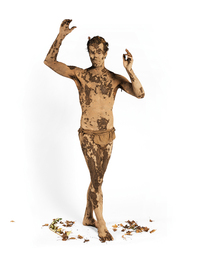
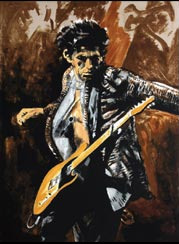 On to the Rolling Stone: Beginning Sept. 21, the Butler Institute of American Art in Ohio will show 30 paintings and 22 drawings by the English rock ‘n’ roll musician Ronni Wood. Some of the paintings,
On to the Rolling Stone: Beginning Sept. 21, the Butler Institute of American Art in Ohio will show 30 paintings and 22 drawings by the English rock ‘n’ roll musician Ronni Wood. Some of the paintings,  A lot of people spoke yesterday, giving credit to some of the many people who played a part in this drama, and talking about justice being done, finally.
A lot of people spoke yesterday, giving credit to some of the many people who played a part in this drama, and talking about justice being done, finally. 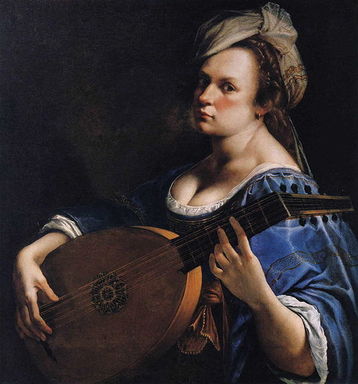
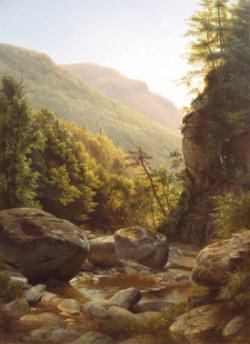 They and a half-dozen or so additional artists are the subject of an exhibit at the
They and a half-dozen or so additional artists are the subject of an exhibit at the 